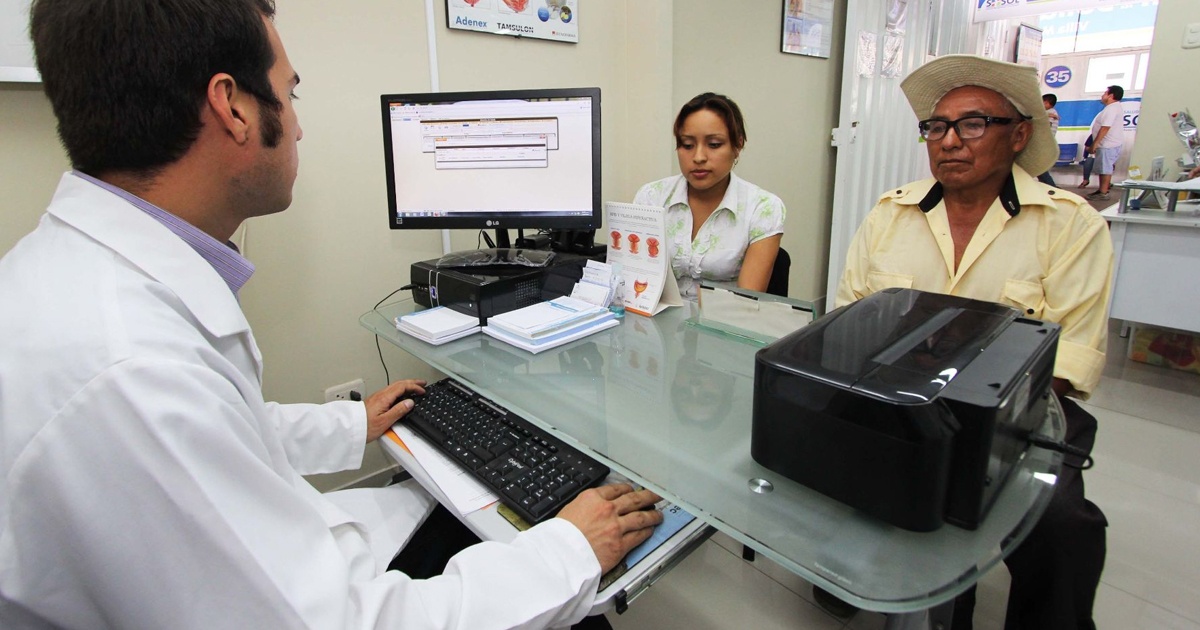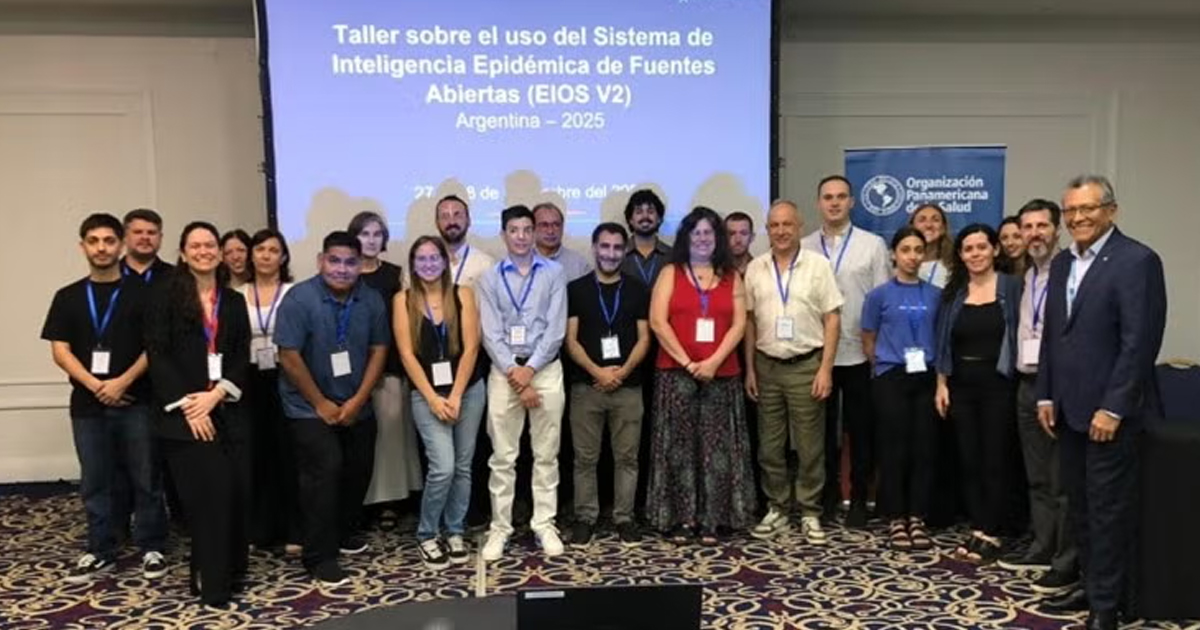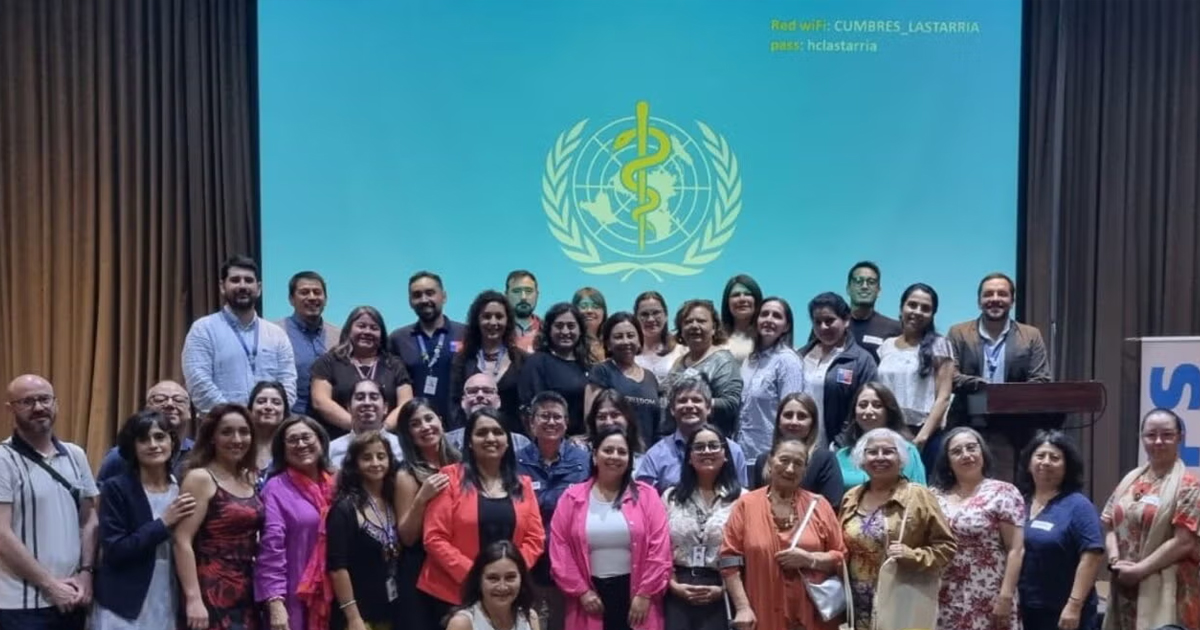En Perú se elaboró un documento que formaliza el uso de las Historias Clínicas Electrónicas para que el paciente pueda gestionar toda su información y tratamientos correspondientes a su estado de salud. Así, se garantiza la oportunidad de poder acceder a los pormenores necesarios para que el usuario aproveche al máximo los servicios de salud que le ofrece su país.
The Ministry of Health (MINSA) aprobó, en julio pasado, el “Plan de Implementación del Registro Nacional de Historias Clínicas Electrónicas”.
Este documento es de gran relevancia para el sector público y privado de Perú en materia de salud ya que tiene la finalidad de facilitar, tanto a los pacientes como a los clientes, el acceso a todo su historial médico completo por medio de una infraestructura especializada para esta misión.
The Oficina General de Tecnologías de la Información (OGTI), que se encarga de la innovación y el desarrollo tecnológico del MINSA, así como planificar, implementar y gestionar sus information systems, fue el órgano que elaboró esta iniciativa.
Cabe señalar que ya tenían un antecedente desde el año pasado con un piloto que inició ejecutándose con un presupuesto moderado.
The use of Historias Clínicas Electrónicas (HCE) está vinculado con el paciente para garantizarle seguridad y permitirle obtenerlo en cualquier momento y en cualquier circunstancia en la que se encuentre.

Henry García, former director of the OGTI, aclaró que “ya se avanzó con la parte tecnológica y de diseño conceptual, se modeló y probó la arquitectura de la plataforma, así como el equipamiento base para los pilotos”.
The plan is divided into the following 3 phases:
- Fundacional (2019 – 2021): donde se consolidan todas las bases necesarias para los próximos 10 años y que a su vez genera:
- Instrumentos normativos (estandarización, normatividad) necesarios para su aplicabilidad en cualquier ámbito del sector público.
- Infrastructure Tecnológica (Hardware y Software) indispensable para la integración con los Sistemas de Información de Historias Clínicas Electrónicas (SIHCE) que se encuentren establecidos en cualquier centro de salud.
- El Sistema de Información de Electronic Medical Record eQhali, del cual podrán gozar todas las instituciones locales en cualquiera de sus dos modalidades: Software como Servicios (SaaS) para primer nivel de atención y PaaS Plataforma como servicio (PaaS) para el segundo y tercer nivel de atención.
- Acreditación de establecimientos que usen SIHCE siguiendo los puntos clave concernientes a la Salud Pública individual y colectiva, así como las Redes Integradas de Salud (RIS) y la Red Nacional de Telehealth.
- Intermedia (2022 – 2024): donde progresará la primera fase y también se realizará la evaluación de la misma estableciendo así oportunidades a mejorar; también se implementará la Receta Electrónica Nacional.
- Avanzada (2025 – 2027): en esta fase, se planea tener gran cantidad de establecimientos acreditados, almacenamiento de imágenes (PACS), alfabetización del sector salud, entre otras cosas.
Por otro lado, el documento también menciona las actividades necesarias para que el Plan Estratégico Institucional llegue a lograr sus objetivos a través de estos cuatro componentes:
- Componente Estratégico: consta de 8 actividades de alto nivel para la ejecución del Plan.
- Componente Normativo: consta de 12 actividades donde se establece el marco técnico-normativo.
- Componente de Infrastructure: consta de 7 actividades, involucra la construcción de la Plataforma del RENHICE.
- Componente Gestión del Cambio: consta de 4 actividades; este componente es clave en el desarrollo del Plan, debido al impacto que tiene dentro de los procesos de organización.
Todas estas normativas tienen como meta proporcionar el HCE para el 5% de la población durante este año, al 10% de la población para el 2020 y alcanzar al 30% de la población para el año 2021.
El RENHICE se irá actualizando y perfeccionando según las condiciones del entorno y los avances tecnológicos que se vayan dando.
Conoce más del sistema eQhali por medio del documento la página oficial del Gobierno del Perú:
E-HEALTH REPORTER
A PERUVIAN MAN
MINISTRY OF HEALTH
http://digital.minsa.gob.pe/eqhali
https://www.linkedin.com/pulse/aprobado-plan-de-implementación-del-registro-nacional-henry-garcia







